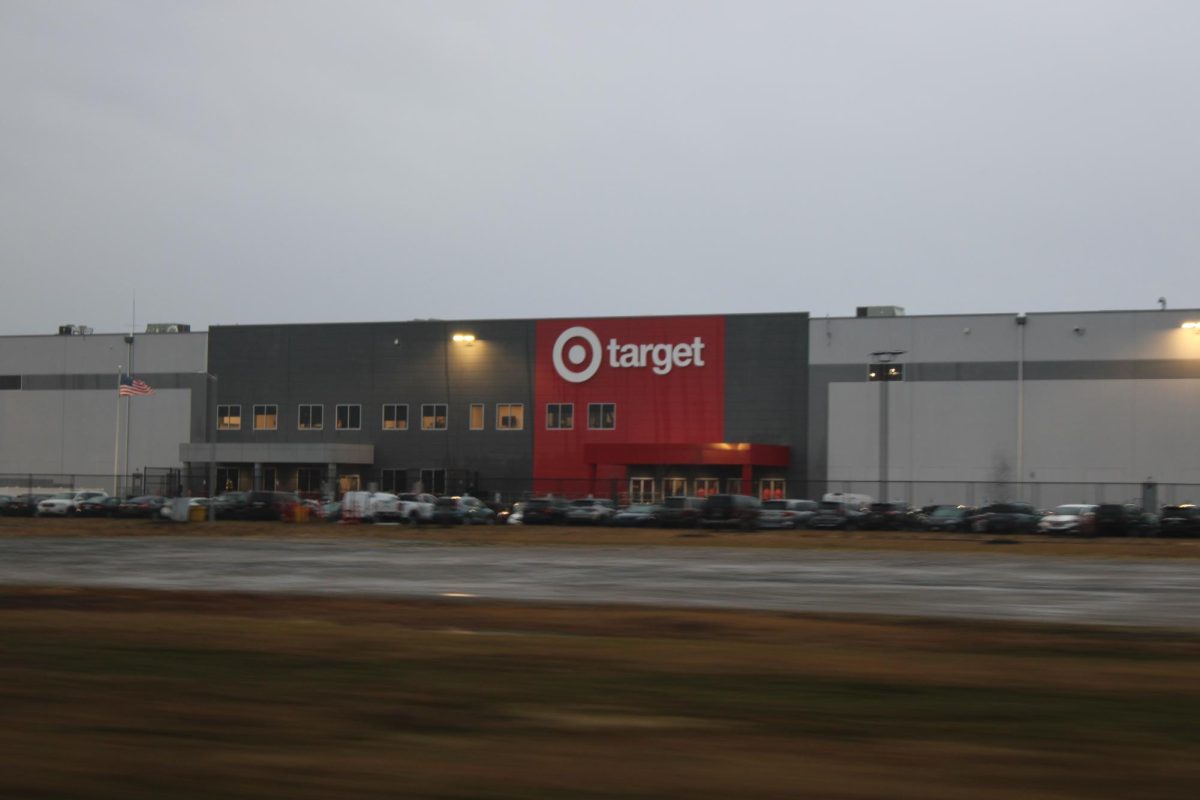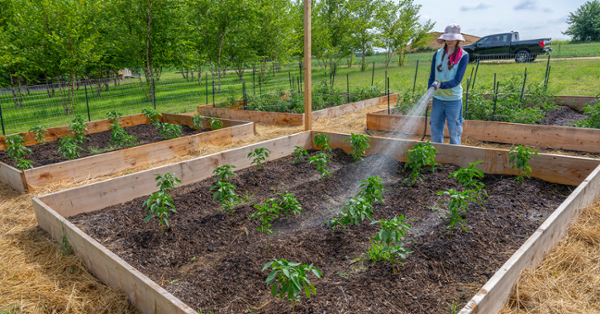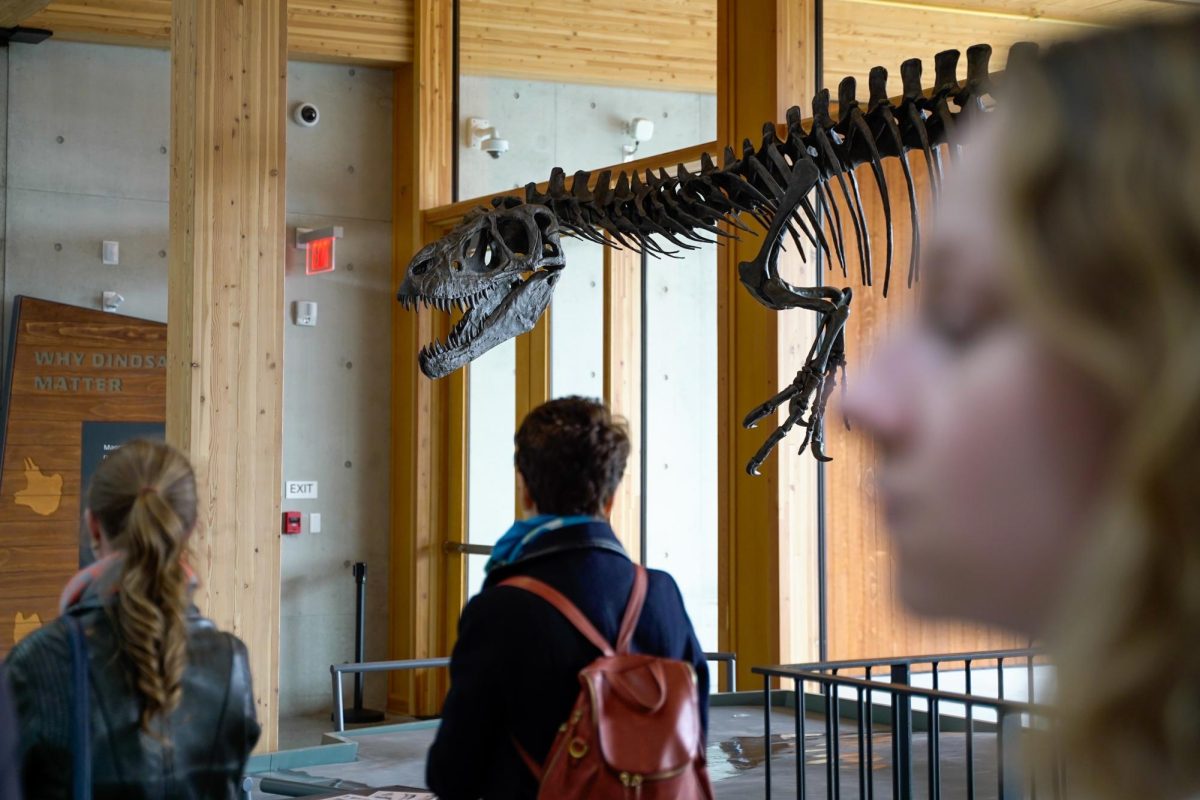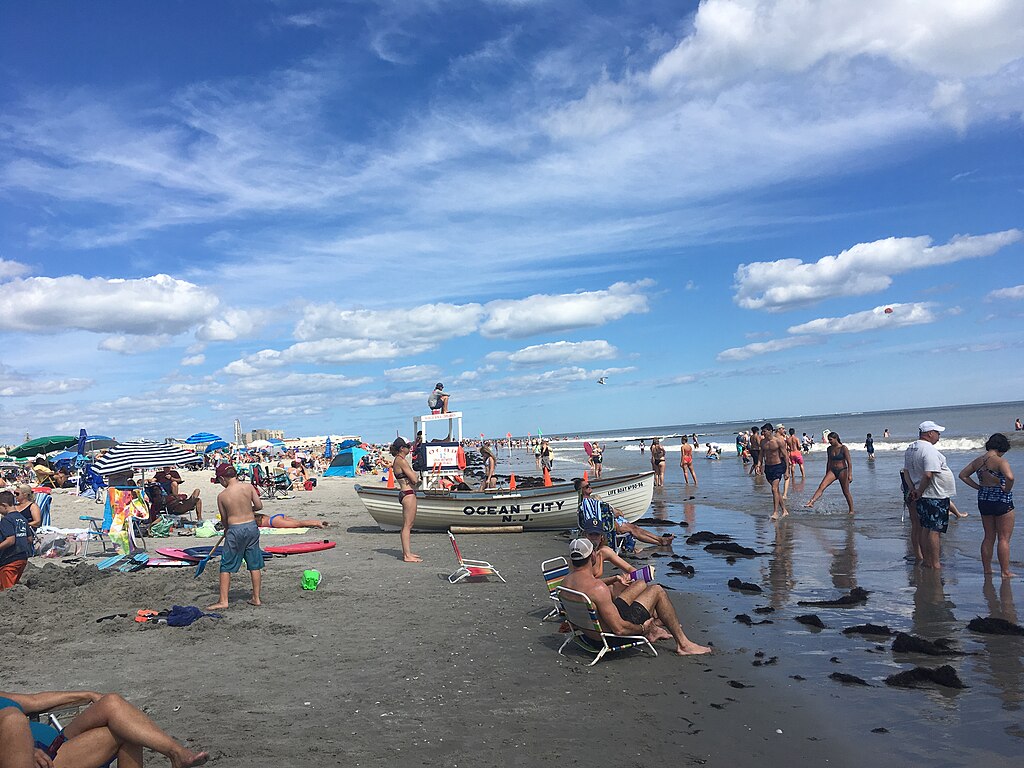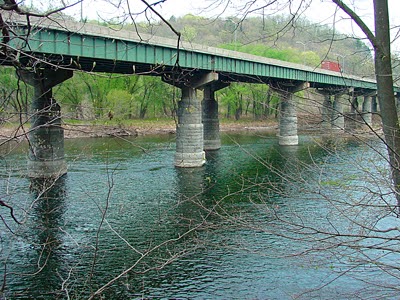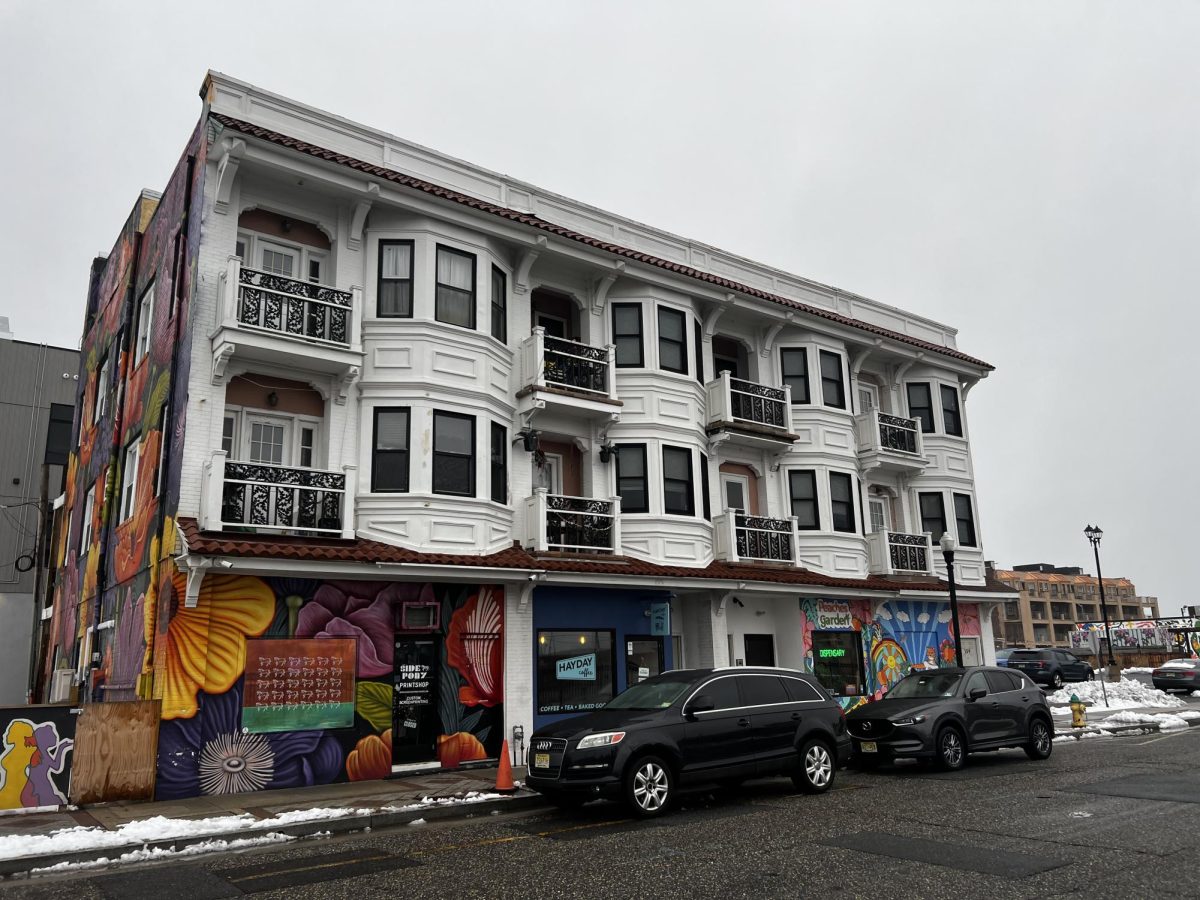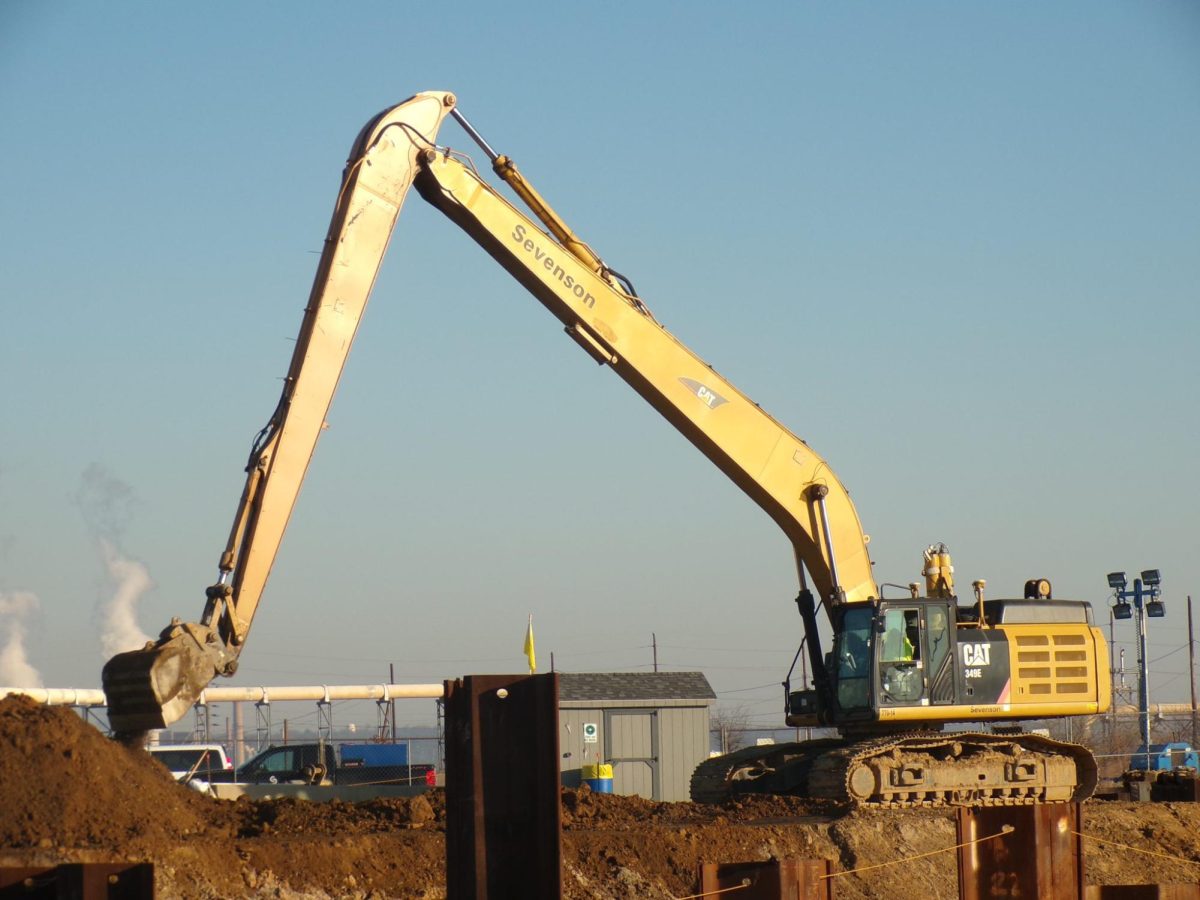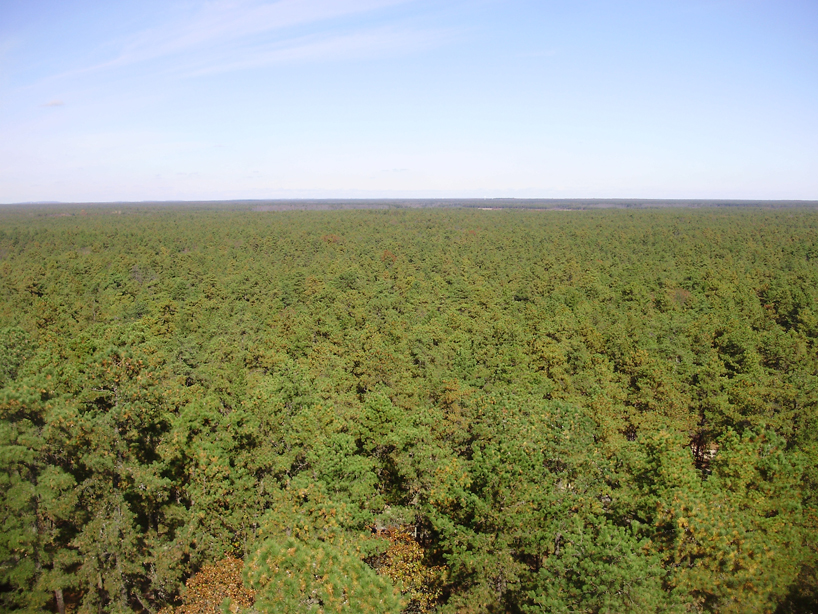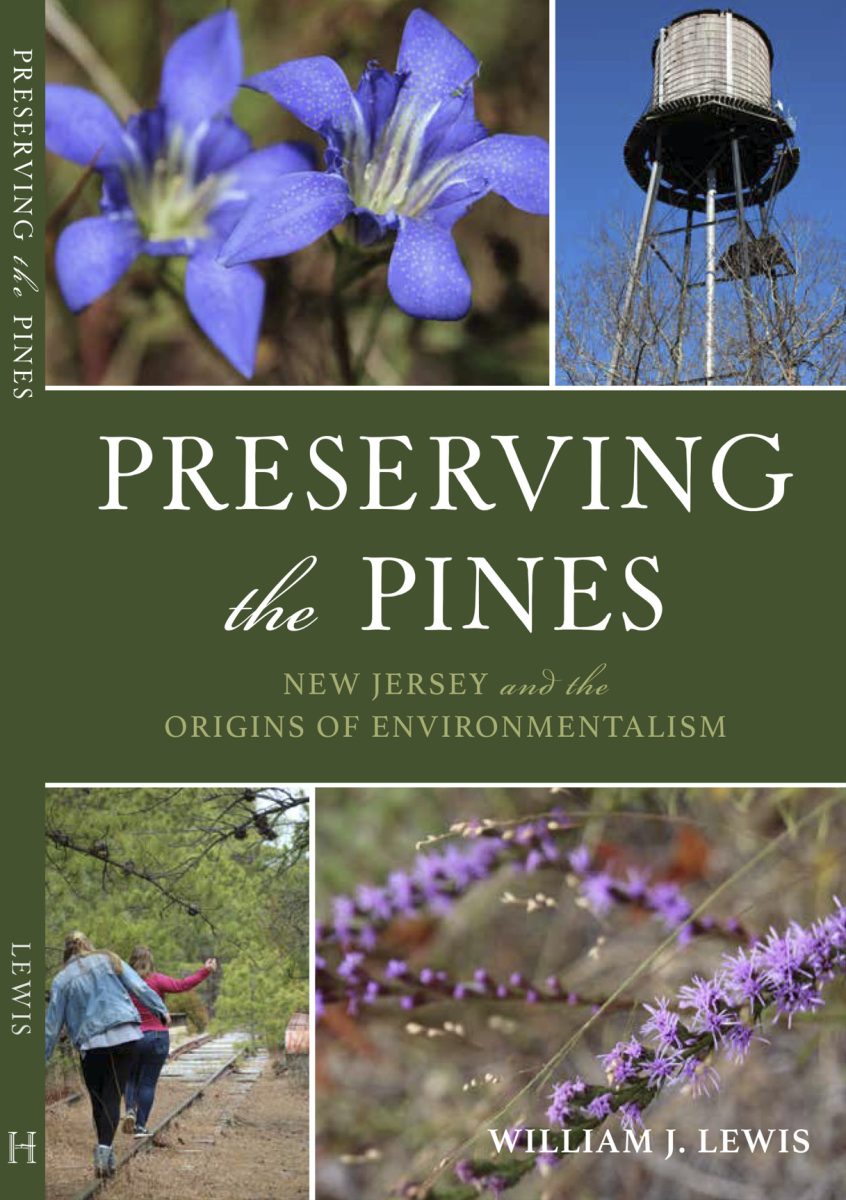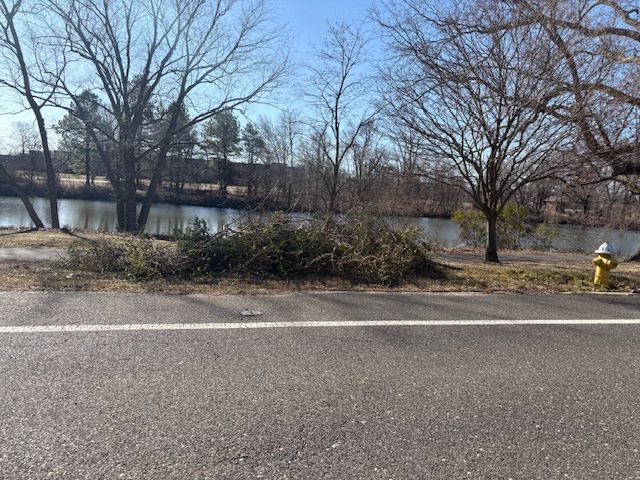The state has witnessed South Jersey become a hot spot for warehouse construction. In New Jersey alone 3,034 warehouses generate at least 380,000 daily truck trips. Residents in the region are taking to the streets to protest the development of these sprawling facilities.
Two years ago, residents of Mullica Hill in Gloucester County loudly protested a proposal to build a 2.1 million-square-foot warehouse in their town. Moving further north in the state, residents from Somerset County gathered to protest a plan to build a warehouse in Franklin Township. In Upper Freehold Township, residents were protesting last summer over the proposal of a warehouse being built on a piece of American Revolution history. This caused members of the community to show up at their local committee township meeting to voice their objections.
Communities’ main concerns are how these warehouses will impact their health and the environment. Homeowners and environmental advocates want lawmakers to put a pause on the development of these large facilities as it has changed the state of people’s once quiet towns.
Environmental and health concerns
Higher air pollution in the United States is associated with the expansion of these warehousing industries, as satellite observations have pointed out that traffic-related air pollutants are 20% higher near them. This disproportionately affects often underrepresented communities that live close to the warehouses.
A report from the Environmental Defense Fund conducted a peer-review framework called Proximity Mapping that demonstrated how Black, Hispanic, Indigenous American, and low-income populations are all more likely to live within half a mile of these warehouses. This means that these areas lack environmental justice, and are more likely to be exposed to the effects of higher air pollution.
Sam Becker, the Project Manager of the Global Clean Air at the Environmental Defense Fund (EDF) found that not only are these vulnerable communities impacted by warehouse pollution, but also diesel truck pollution. The chemicals emitted into the atmosphere are harmful for humans to breathe in.
“It is associated with diseases like premature death, cancer, asthma, COPD, and stroke,” Becker said. “It is also important to keep in mind that these diseases are disproportionately impacting children and older people.”
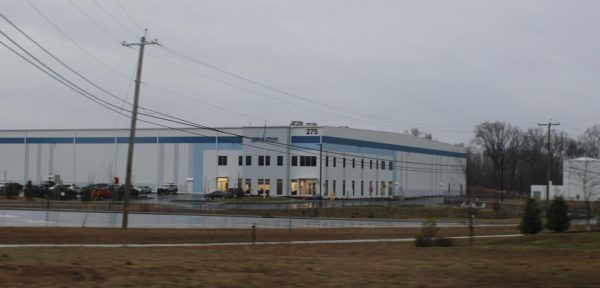
The pollutant, identified as nitrogen dioxide, is higher in warehouse-heavy areas, as these buildings cause a lot of truck traffic, which is there for deliveries or pick-ups. The impact of nitrogen dioxide includes pediatric asthma development, cardiovascular disease, premature death, and other health effects.
The report from the EDF had lots of data that described the environmental and health effects of warehouse over-development, and Becker said that it was sourced from information at the U.S. Census Bureau. Along with a warehouse database, health data was gathered from various studies and researchers employed a methodology called proximity mapping. Proximity mapping allowed the organization to see what communities live near pollution or contributing infrastructure.
Dr. Janet Currie, a Henry Putnam Professor of Economics and Public Affairs at Princeton University, has researched environmental threats to health. The booming industry of warehouses is the largest example impacting towns in South Jersey as they continue to pave more land and farms.
“Motor vehicles are responsible for about half of the air pollution in urban areas, and this pollution has been linked to health consequences including premature birth, low birth weight, and heart disease,” said Dr. Currie. “Electrifying the truck fleet that serves these warehouses would greatly improve air quality in their vicinity.”
She urged residents to be cautious when performing outdoor activities, pay attention to the air quality readings, and run air filters indoors. Residents should be careful because the increase in truck traffic will only continue to emit more pollutants into the atmosphere.
According to the EDF report, the uptake in truck traffic pollution will only continue as warehouse development does too.
“I think it’s important to recognize that over the last decade, warehouse square footage has increased 17% and 35% over the last two decades,” said Becker. “Now there are 527 million square feet of warehouse space, which is about the side of the entire Manhattan area.”
Effects on local retail and farms
Cowtown, a popular spot in Salem County for South Jersey residents to watch the rodeo, also has a farmers market that sells apparel, self-care products, electronics, and much more. However, Cowtown is competing with larger retailers, from Walmart to Amazon, allowing shoppers to buy similar products for cheaper prices. As the demand for those products increases, they’ll continue to build more warehouses for manufacturing.
The warehouse boom also is pitting farmers against these warehouse developers, as they try to offer money to buy their farms to expand their developments. The fourth-generation owner of the Cowtown Farmers Market has turned down offers of up to $40 million. Some counties are turning into logistics hubs in South Jersey, like Salem County, which is located in close vicinity to major cities in the Northeast’s ports.
Local governing officials often feel caught in a bind. Harrison Township’s warehouse proposal, which is where Mullica Hill is located, has a goal of building more warehouses and hundreds of housing units, increasing the population of an already growing town. According to former Mayor Louis Manzo, the project is currently in the general development phase and Active Acquisitions has yet to submit a site plan.
“The short version of that is that though every township committee member does not prefer warehousing in our town,” he explained to the Mullica Hill Sun “as governing body members, we have to make decisions based on all the facts and the potential ‘worst-case’ scenarios related to our decisions.”
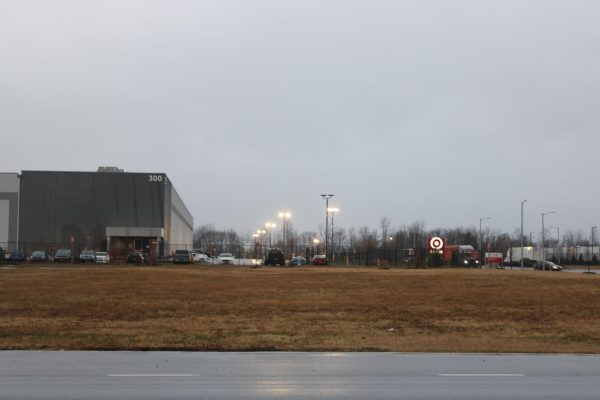
Sue Kozel, an anti-warehouse advocate, has researched the impacts of these facilities on the environment and people’s health. Kozel is also a historian and Upper Freehold resident, who has voiced her opinion against the 500,000 square feet warehouse proposal in Upper Freehold. The proposal would be built over historical land tied to the Battle of Monmouth, during the Revolutionary War.
“I live in Upper Freehold and the development is threatening a little village town, Allentown, which is designated as a national historic district,” said Kozel. “So we’re caught in the middle of some local municipal planning because in New Jersey, it’s every town for themselves.”
Her main concerns are the loss of history, but also the loss of farmland. The builder, Active Acquisitions, Upper Freehold LLC, plans to pave over 23 acres of the township’s farmland.
In a petition created by the Central NJ Anti-Warehouse Sprawl Coalition in Upper Freehold, it is said this plan will increase traffic, emissions, higher taxes from increased school district enrollments, and higher density residential development.
“There’s no demand for it, there are empty warehouses. Why aren’t we converting those to other uses? Why aren’t we spending it there?” said Kozel. “Because these towns have been taught this is the shiny object that’s going to bring them ratables.”

